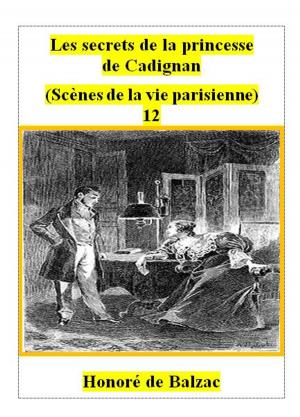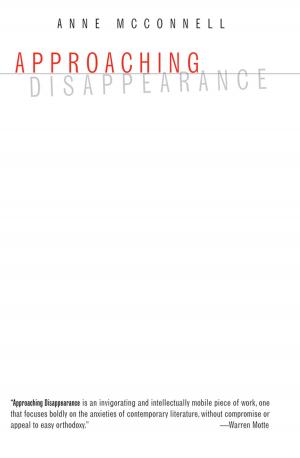Madame Chryssanthème
Nonfiction, Entertainment, Drama, Continental European, Fiction & Literature, Classics, Literary| Author: | Pierre Loti | ISBN: | 9788892563841 |
| Publisher: | Pierre Loti | Publication: | March 7, 2016 |
| Imprint: | Language: | French |
| Author: | Pierre Loti |
| ISBN: | 9788892563841 |
| Publisher: | Pierre Loti |
| Publication: | March 7, 2016 |
| Imprint: | |
| Language: | French |
Louis Marie Julien Viaud dit Pierre Loti, né le 14 janvier 1850 à Rochefort et mort le 10 juin 1923 à Hendaye, est un écrivain et officier de marine français.
Pierre Loti, dont une grande partie de l'œuvre est d'inspiration autobiographique, s'est nourri de ses voyages pour écrire ses romans, par exemple à Tahiti pour Le Mariage de Loti (Rarahu) (1882), au Sénégal pour Le Roman d'un spahi (1881) ou au Japon pour Madame Chrysanthème (1887). Il a gardé toute sa vie une attirance très forte pour la Turquie, où le fascinait la place de la sensualité : il l'illustre notamment dans Aziyadé (1879), et sa suite Fantôme d’Orient (1892).
Pierre Loti a également exploité l'exotisme régional dans certaines de ses œuvres les plus connues, comme celui de la Bretagne dans le roman Mon frère Yves (1883) ou Pêcheur d'Islande (1886), et du Pays basque dans Ramuntcho (1897).
Membre de l'Académie française, il est enterré sur l'île d'Oléron à Saint-Pierre-d'Oléron dans le jardin de la maison de son enfance après des funérailles nationales. Sa maison à Rochefort est devenue un musée (font: Wikipedia)
Louis Marie Julien Viaud dit Pierre Loti, né le 14 janvier 1850 à Rochefort et mort le 10 juin 1923 à Hendaye, est un écrivain et officier de marine français.
Pierre Loti, dont une grande partie de l'œuvre est d'inspiration autobiographique, s'est nourri de ses voyages pour écrire ses romans, par exemple à Tahiti pour Le Mariage de Loti (Rarahu) (1882), au Sénégal pour Le Roman d'un spahi (1881) ou au Japon pour Madame Chrysanthème (1887). Il a gardé toute sa vie une attirance très forte pour la Turquie, où le fascinait la place de la sensualité : il l'illustre notamment dans Aziyadé (1879), et sa suite Fantôme d’Orient (1892).
Pierre Loti a également exploité l'exotisme régional dans certaines de ses œuvres les plus connues, comme celui de la Bretagne dans le roman Mon frère Yves (1883) ou Pêcheur d'Islande (1886), et du Pays basque dans Ramuntcho (1897).
Membre de l'Académie française, il est enterré sur l'île d'Oléron à Saint-Pierre-d'Oléron dans le jardin de la maison de son enfance après des funérailles nationales. Sa maison à Rochefort est devenue un musée (font: Wikipedia)















